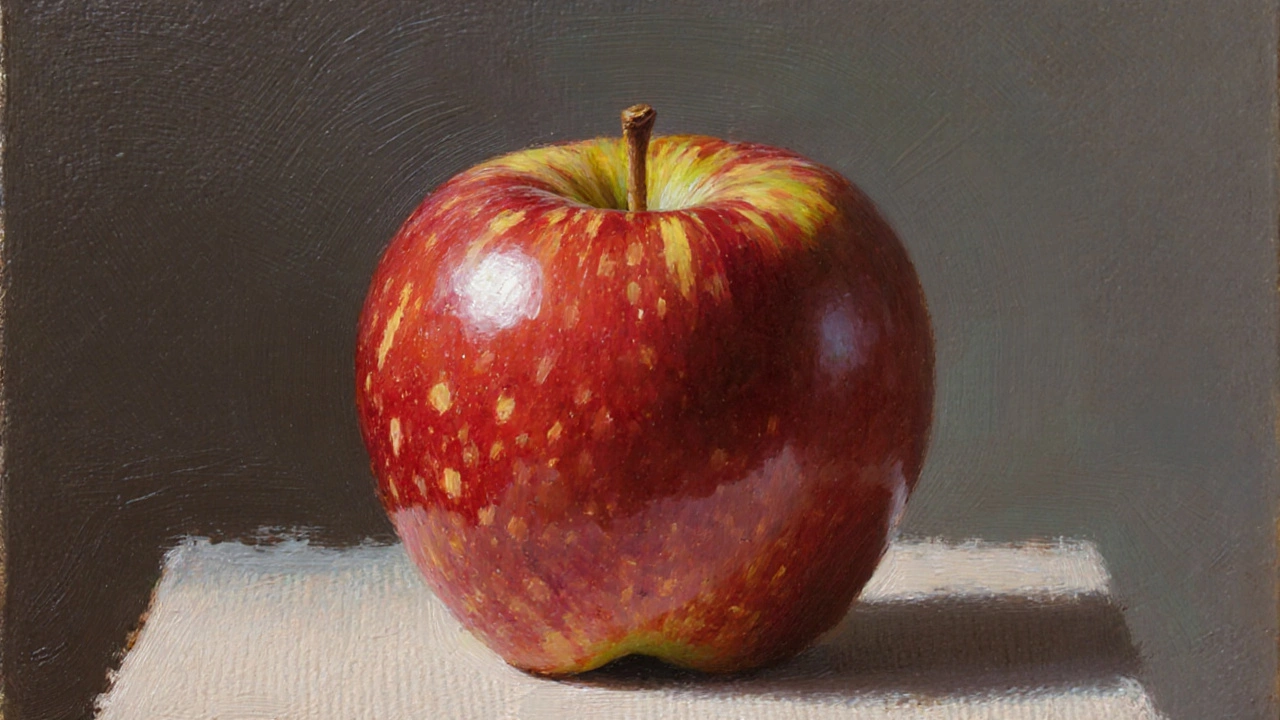Hard Art Techniques: Mastering the Tough Mediums
When working with hard art techniques, art practices that demand physical strength, specialized tools, or advanced skill to execute. Also known as rigorous art methods, they push creators beyond casual sketching and open doors to high‑impact work.
One of the most iconic branches is Sculpture, a three‑dimensional art form that often involves carving, casting, or assembling heavy materials. Whether you’re chiseling marble, welding steel, or modeling clay, sculpture forces you to think about weight, balance, and structural integrity. Those physical demands translate into a deeper understanding of form, which in turn influences how you price a piece or market it on platforms like Etsy.
Another cornerstone is Oil Painting, a painting method using pigments mixed with drying oil, known for its rich texture and slow drying time. The medium’s buttery consistency lets you build layers, blend softly, and create luminous effects that almost jump off the canvas. Mastering oil’s drying schedule, solvent choices, and glazing techniques is a classic hard art skill that appears in many of our guides, from activation solvents to the famous Goya technique.
Even water‑based media can become a hard art challenge. Watercolor, a painting technique that uses pigments suspended in water, requiring careful control of moisture and paper demands precision because the medium refuses to stay still. A tiny error in water ratio can wash out an entire wash or create unwanted blooms. Our tips for avoiding common watercolor mistakes aim to turn that fragility into expressive control.
All these demanding methods link directly to the business side of art. When you master a hard technique, you can justify higher rates, as seen in our "Beginner Digital Artist Pricing Guide" and "How to Price a Sculpture" articles. Knowing the time, material costs, and specialized skills lets you set fair commissions and negotiate with galleries. Plus, a strong grasp of technique often predicts market trends—like the surge in sculptural installations or the resurgence of oil glazing—so you stay ahead of buyer expectations.
Historical hard techniques also shape today’s practice. The Goya technique, a historical painting approach developed by Francisco Goya, notable for its dramatic contrast and layered glazes blends oil’s depth with an almost alchemical use of pigments, teaching modern artists how to achieve mood through texture. Learning such legacy methods connects you to a lineage of artists who turned physical challenges into visual breakthroughs.
Below you’ll find a curated list of articles that dive deeper into each of these areas—pricing tips, trend analyses, step‑by‑step guides, and historical insights—so you can turn hard art techniques into your creative advantage.
